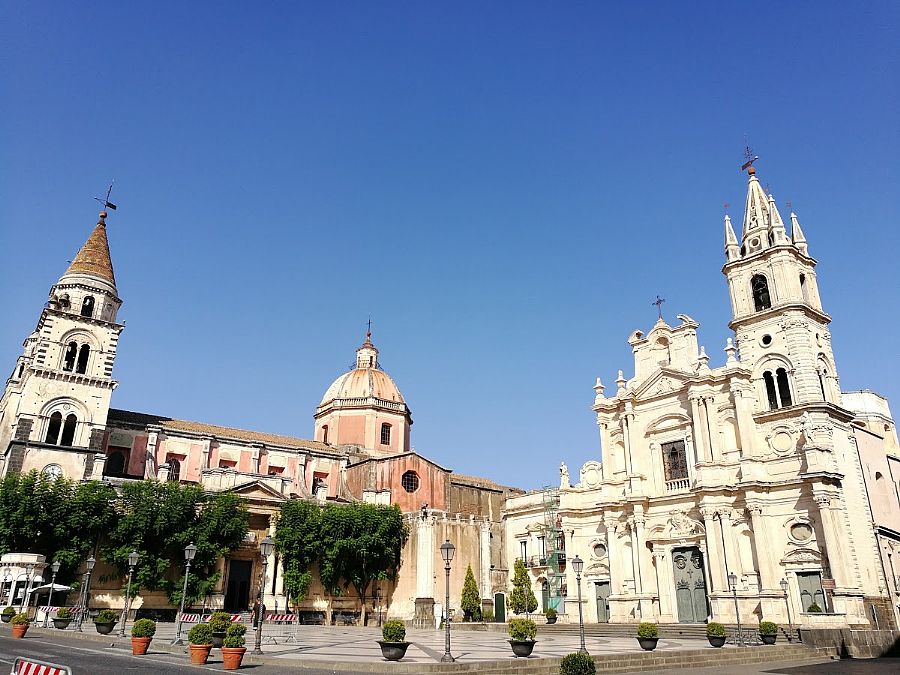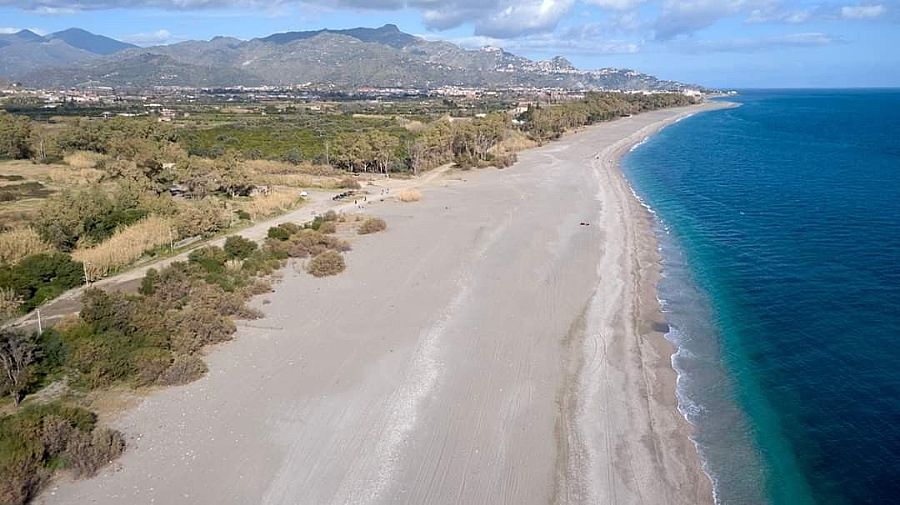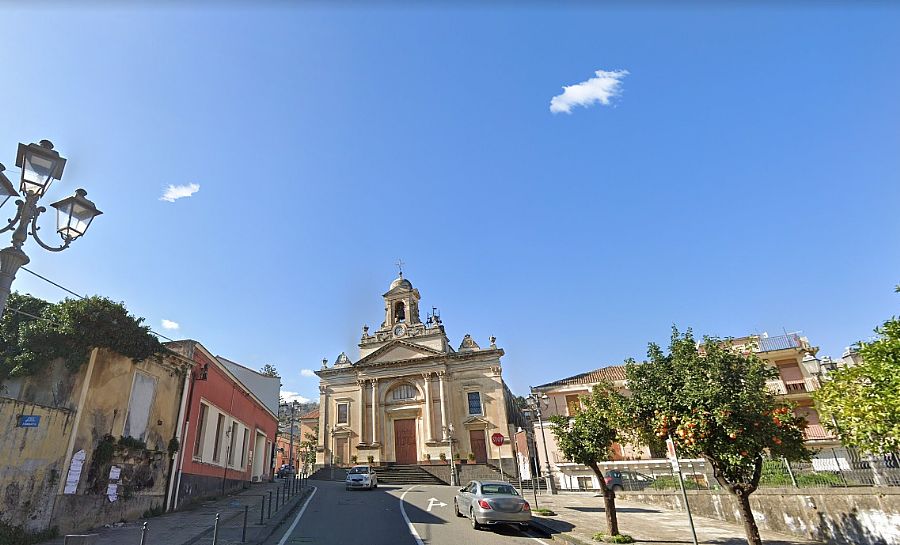Piedimonte Etneo

In the hills below Mt Etna, Piedimonte Etneo is a town suspended in time as well as between the mountains and the sea. Here you'll find the reminders of once-grand palaces and of a bygone era, yet is just minutes to the beaches below, to the heights of the volcano above, and to city life in Catania and Messina.
It's name indicates its position - "piedi" meaning foot and "monte" meaning mountain and of course "Etneo" referring to the famous volcano that looms above. The town was originally called Belvedere by the feudal lord that established it in the 1600s, meaning "beautiful view". That lord's heir, Ignazio Sebastiano Gravina Amato, took the town to the crown, so to speak, receiving a decree from the ruling royals to establish a town seat. The Regia Curia (royal court) assigned it the name Piedimonte. The Etneo part was added in 1862 to distinguish the town from others around the island bearing the same name. The next lord, a prince, Ferdinando Francesco, expanded Piedimonte dramatically. What had been a handful of houses along the ridge was transformed into a vibrant community, and it became a web of streets that radiate out, with piazzas and palaces and churches to serve the growing center. The population grew with people coming from outlying towns and from Palermo and even Calabria to work for the prince on the construction and the feudal lands.
The patron saint is Sant'Ignazio (St. Ignatius of Loyola), designated by that first Ignazio here, the lord who established the town. The saint's feast day is celebrated with great fanfare on July 13. The prince's house was built next to the church, right in the middle of town. The church is also sometimes called Chiesa del Carmine; either way, it's an historic monument in Piedimonte Etneo. The other church you should visit is the "chiesa madre" (main church) Santa Maria delle Grazie, a neoclassic beauty built on a basilica plan with three naves. Inside, the majority of the furnishings and art are original. A beautiful painting depicts the town and shows monuments that are no longer present, a sort of historic snapshot of the time it was painted. The altar was created with colored marble from Taormina.
Piazza Roma has been the heart of Piedimonte Etneo since its birth and still is; from here the old town starts along Via Forni ("ovens") and Via Difesa ("defense"). Wander and notice the details of the palazzi and buildings.
Outside town, you'll find the agricultural traditions are still alive. They produce a plethora of products, that includes citrus fruit, olives, apples, peaches and vines on the terraced hills. Further up in elevation, hazelnuts and chestnuts are important crops. The wine produced here is exceptional and helps maintain the ancient and unknown varietals unique to this part of the island. Specifically, Nerello and Carricante are wine grapes that go into the Etna DOC vintage. Piedimonte Etneo is one of the designated wine towns on the Mt Etna Wine Trail.
One of Piedimonte Etneo's frazioni is Linguaglossa, a town under its administration. Linguaglossa is the jumping off point for the Etna Ski Nord resort, where you can go skiing on Mt Etna. (It's a pretty thrilling thing to ski on an active volcano!) You can take other excursions onto the mountain from here, as well, by horse or 4x4.
Browse carefully selected rental villas in Piedimonte Etneo.

 Amalfi Coast
Amalfi Coast Sorrento Coast
Sorrento Coast Tuscany
Tuscany Cilento National Park
Cilento National Park Lake Como
Lake Como Rome and Latium
Rome and Latium Umbria
Umbria Capri and Ischia
Capri and Ischia Venice
Venice Puglia (Apulia)
Puglia (Apulia) Liguria
Liguria Sicily
Sicily Lake Maggiore
Lake Maggiore Lombardy
Lombardy Sardinia
Sardinia Lake Garda
Lake Garda Abruzzo and Marche
Abruzzo and Marche Calabria
Calabria

